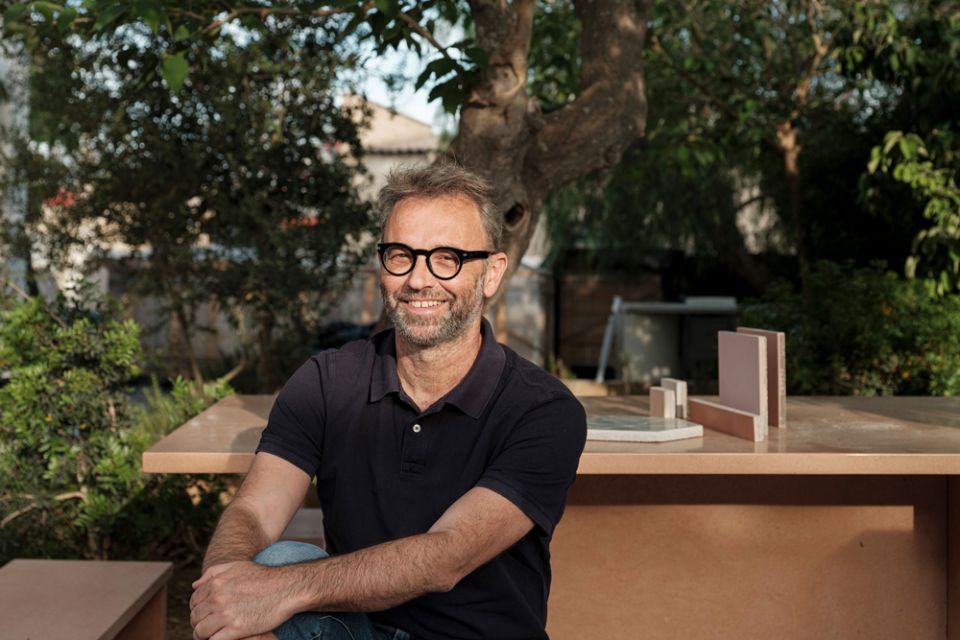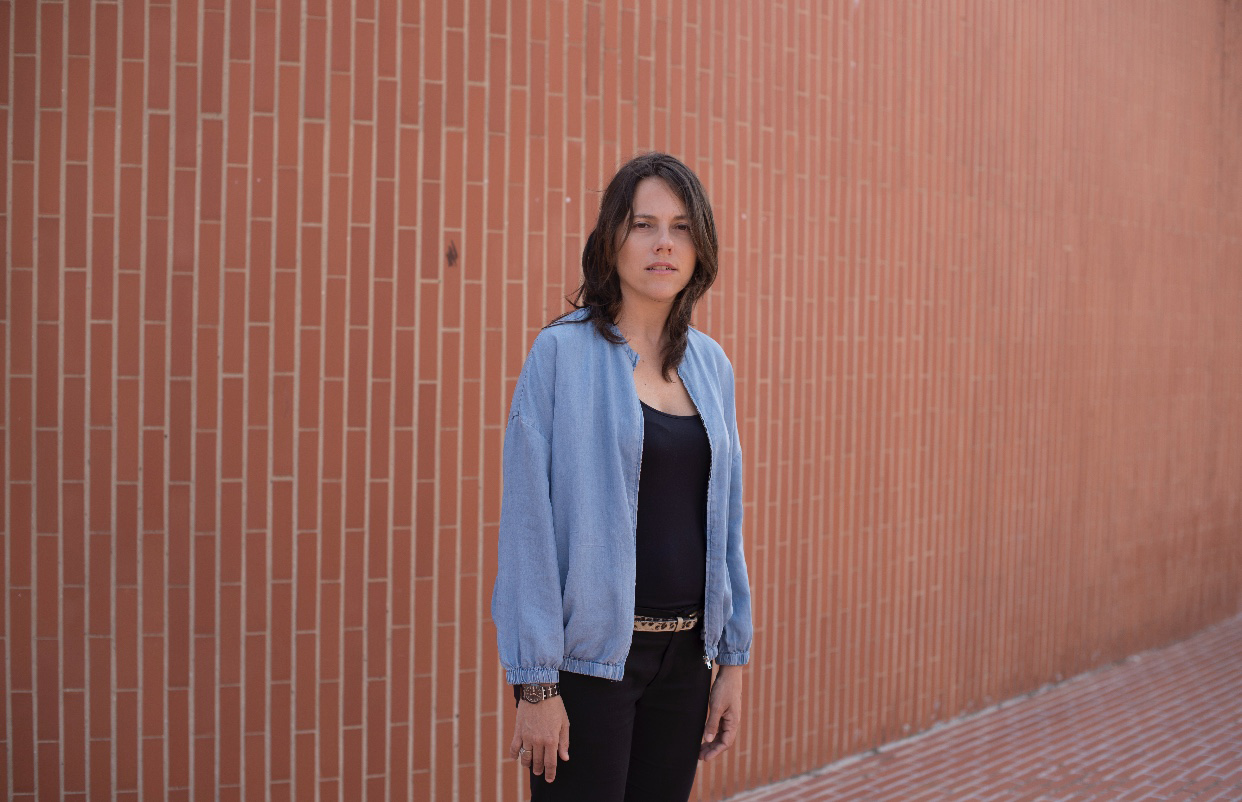Casalino Chair (1971)
Founded in 1917, Casala owes its name to its founder, Carl Sasseand to her birthplace in Lower Saxony, Lauenau.
Sasse started out making wooden soles, but that was only temporary, as wood, metal and upholstered furniture soon followed, until in the 1950s he gained fame for his line of school furniture.

Casala has been designing and producing functional, beautiful and long-lasting furniture for almost a century. Made in the Netherlands and Germany, they are the kind of furniture that ages with you, and does so with dignity. The secret? Short production processes, a lot of technical innovation and diverse usability.
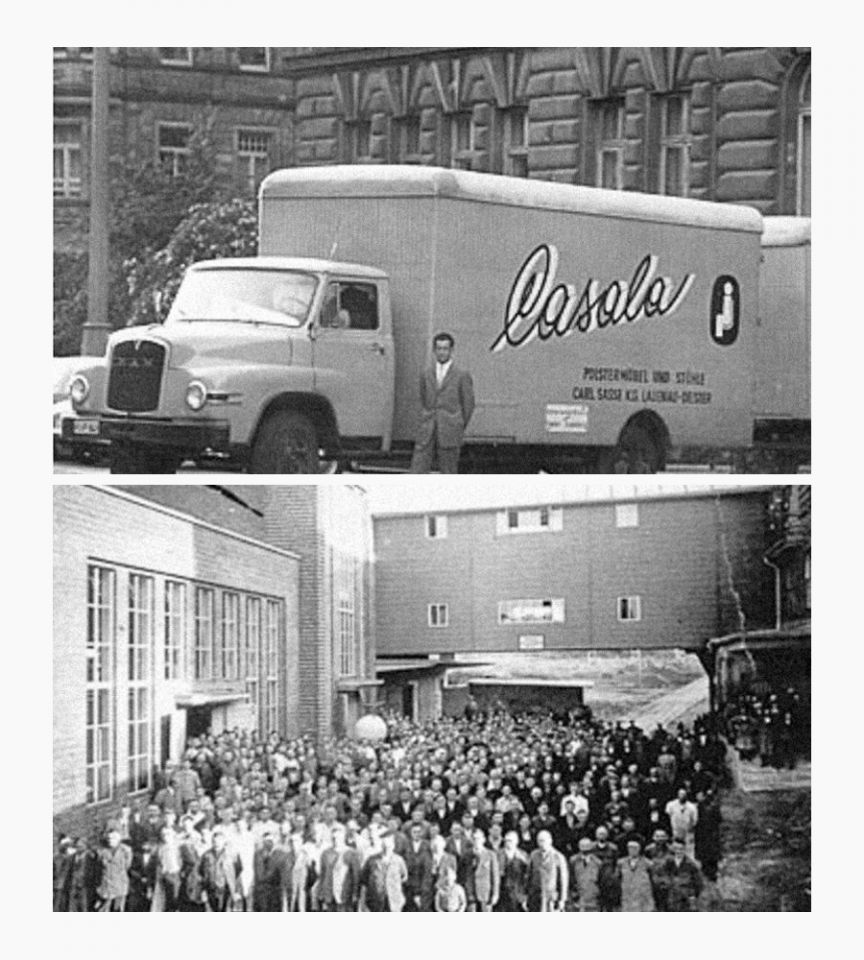
Functionality combined with good design is the imperative to be taken into account from the first sketches of each piece, and if they are stackable (they take up less than a third of the space of the room), then they are the best choice.3!), easy to assemble, easy to transport and relocate, is no coincidence. All this has been carefully studied.
The Casalino chair was very popular in the 1970s, and was awarded a prize at the 1971 Hannover Fair for its special qualities: it is elegant and robust, yet very comfortable.
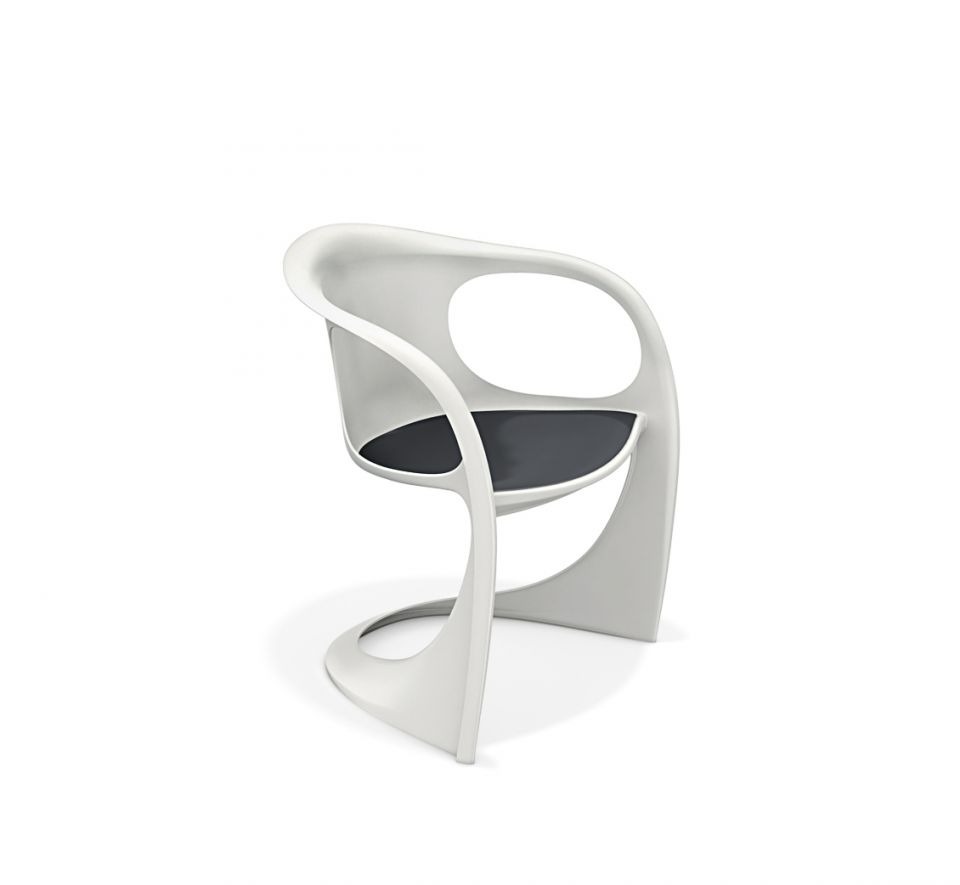
Stackable and easy to clean.
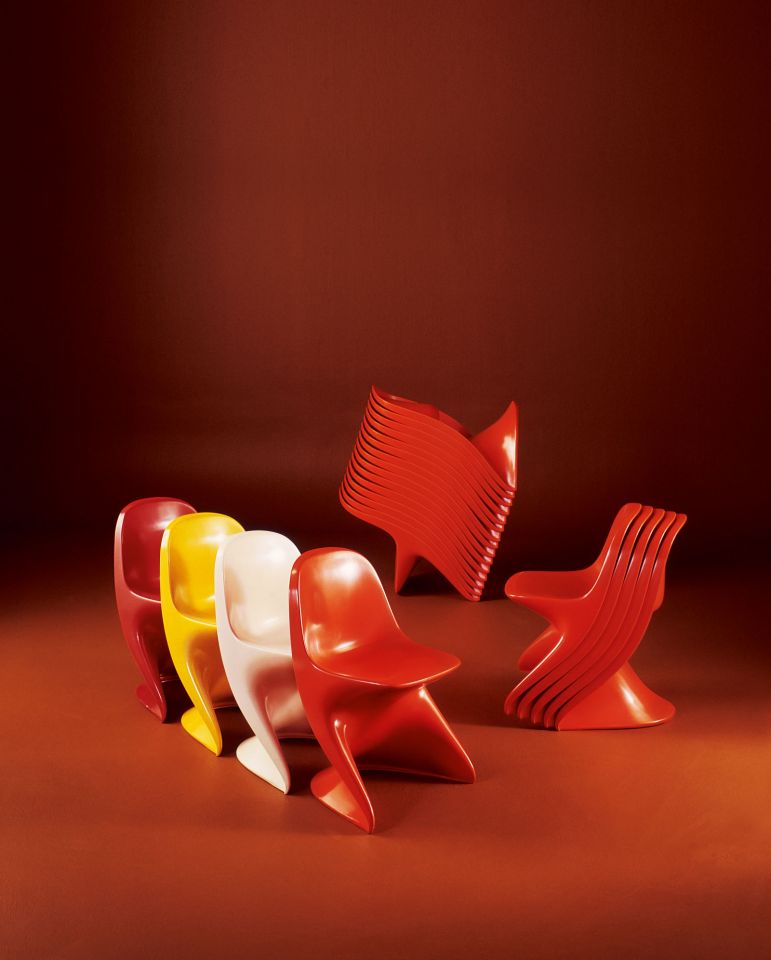
For indoor and outdoor use. Colourful and antistatic.
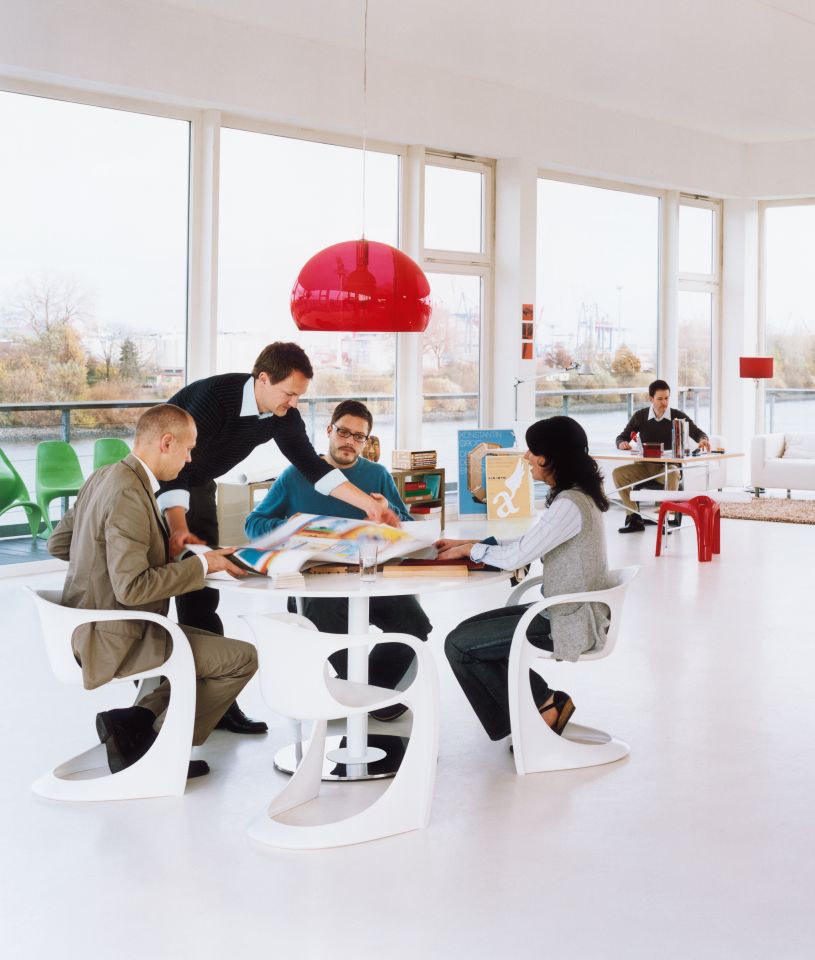
A practical design that was perfectly suited to a casual lifestyle in the age of plastic and plastic Flower Power.

In the 1980s it fell into oblivion, and Casala set out, with the arrival of the new century, to restore it to its rightful place. He searched and searched for the original moulds until he found them in an old warehouse in Antalya. Which means that the Casalino you see today is not a remake but an original.
For the youngest members of the family there is the Casalino Jr.Casalino's younger sister.
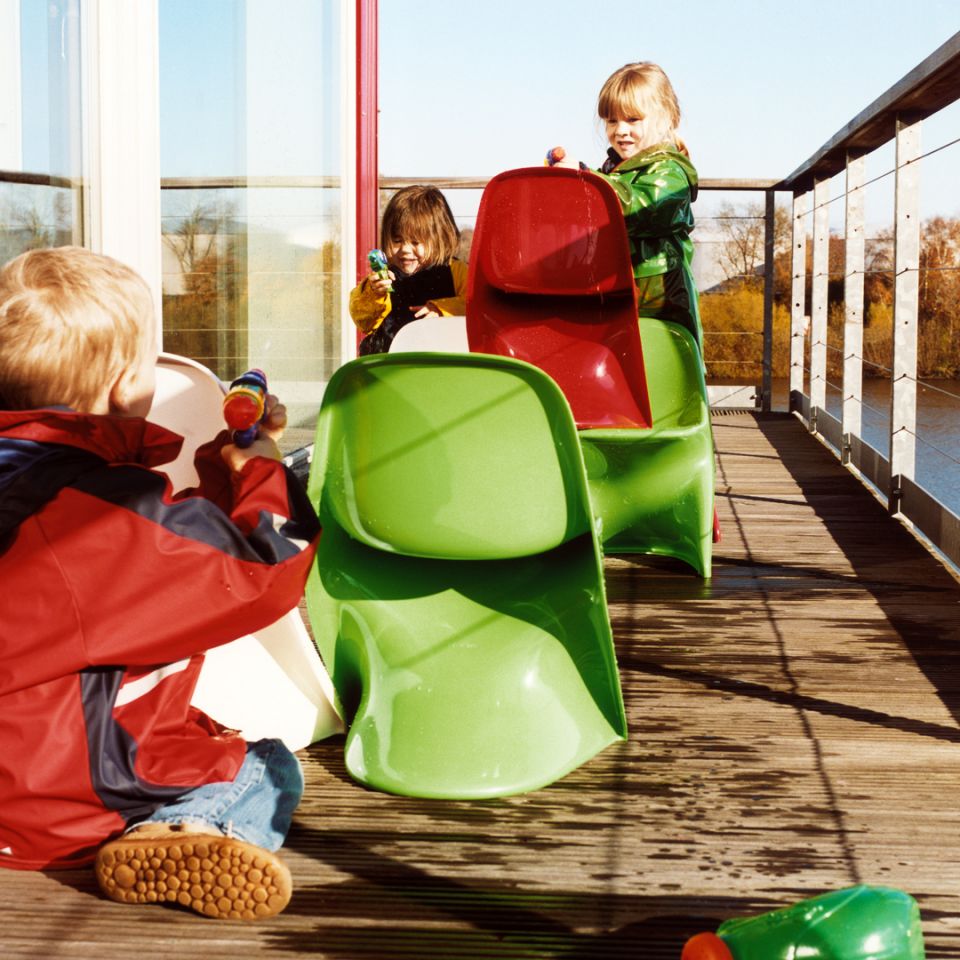
It's still beautiful, just on a smaller scale. Made shockproof and scratch-proof, it will withstand anything, even the fiercest tantrum.



